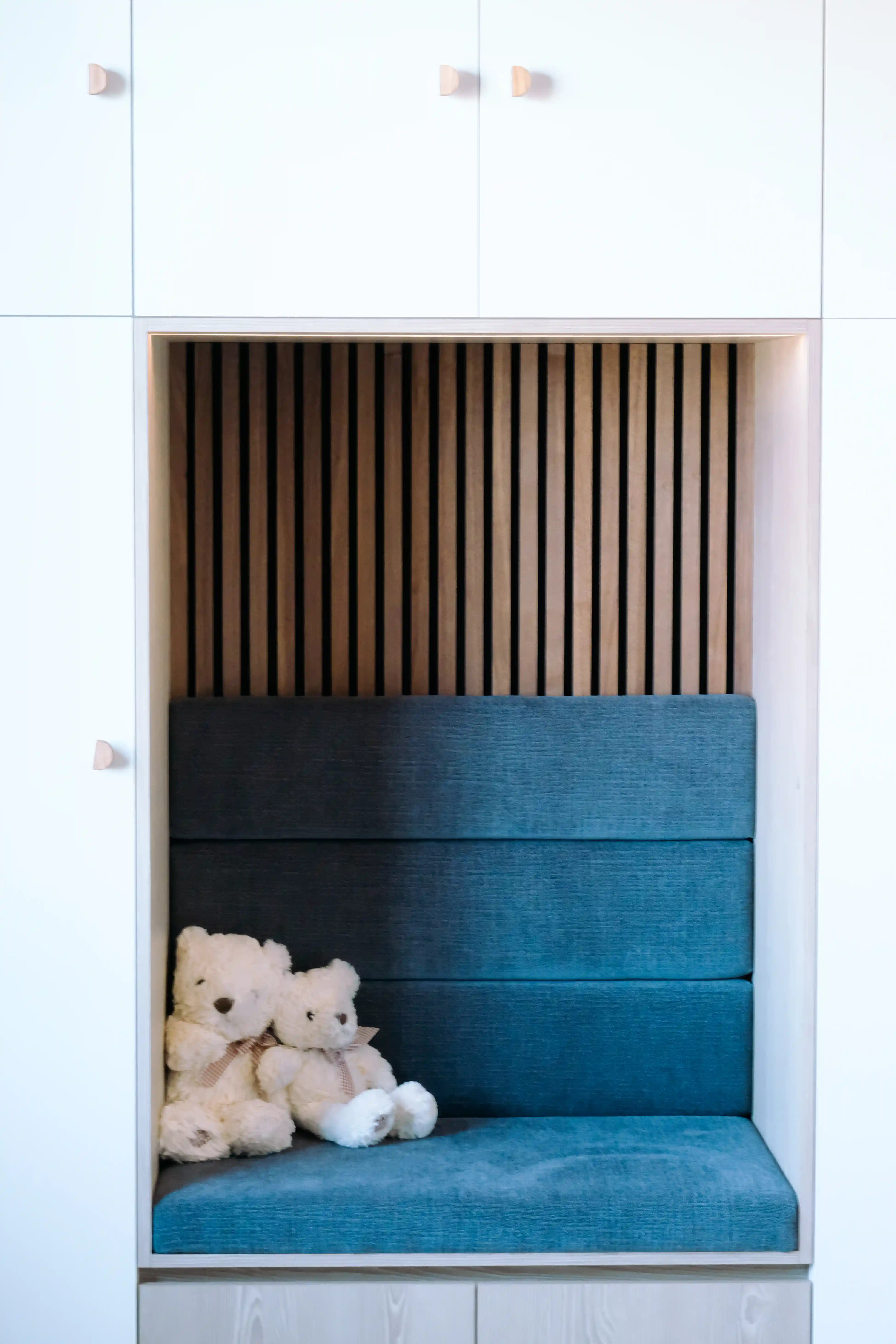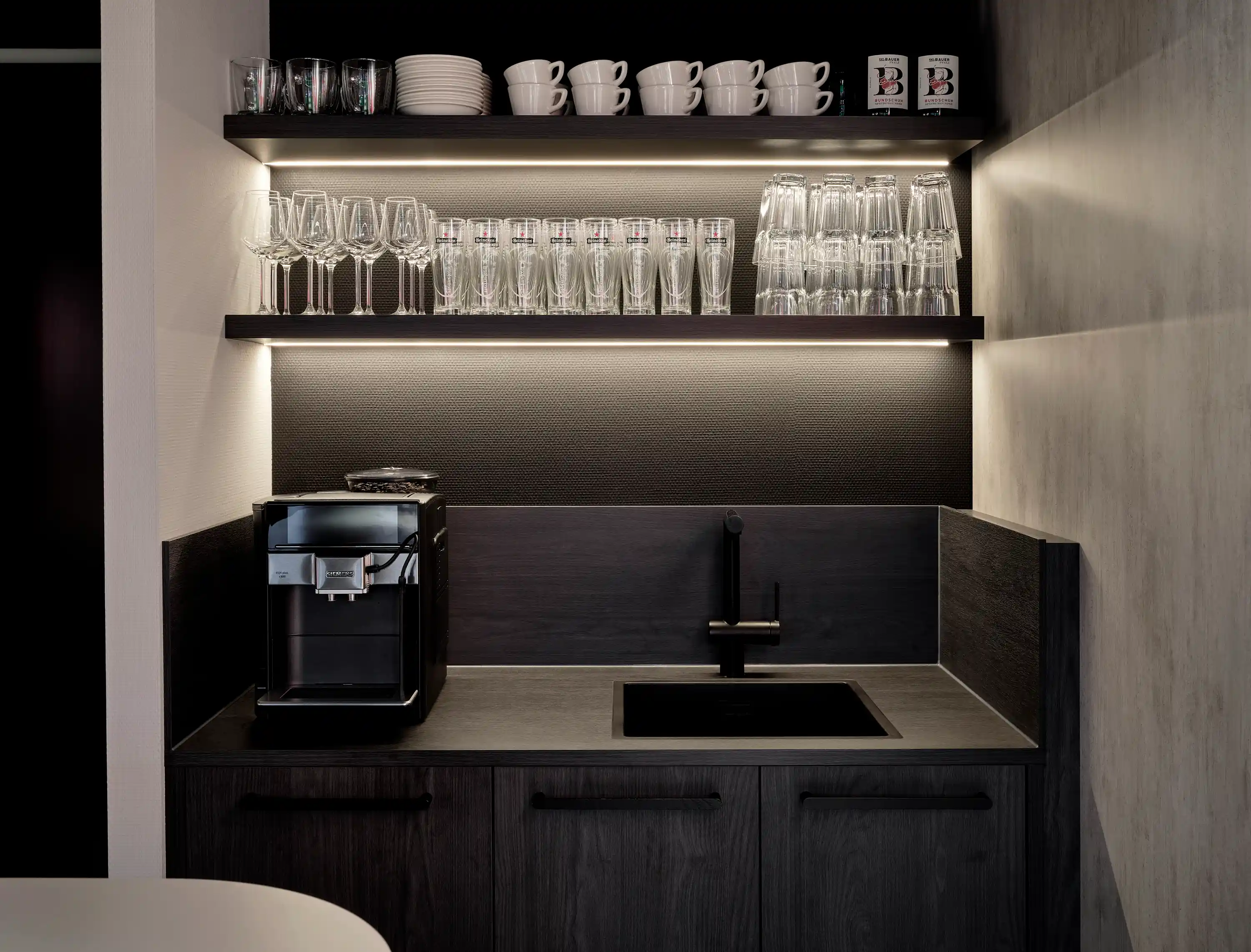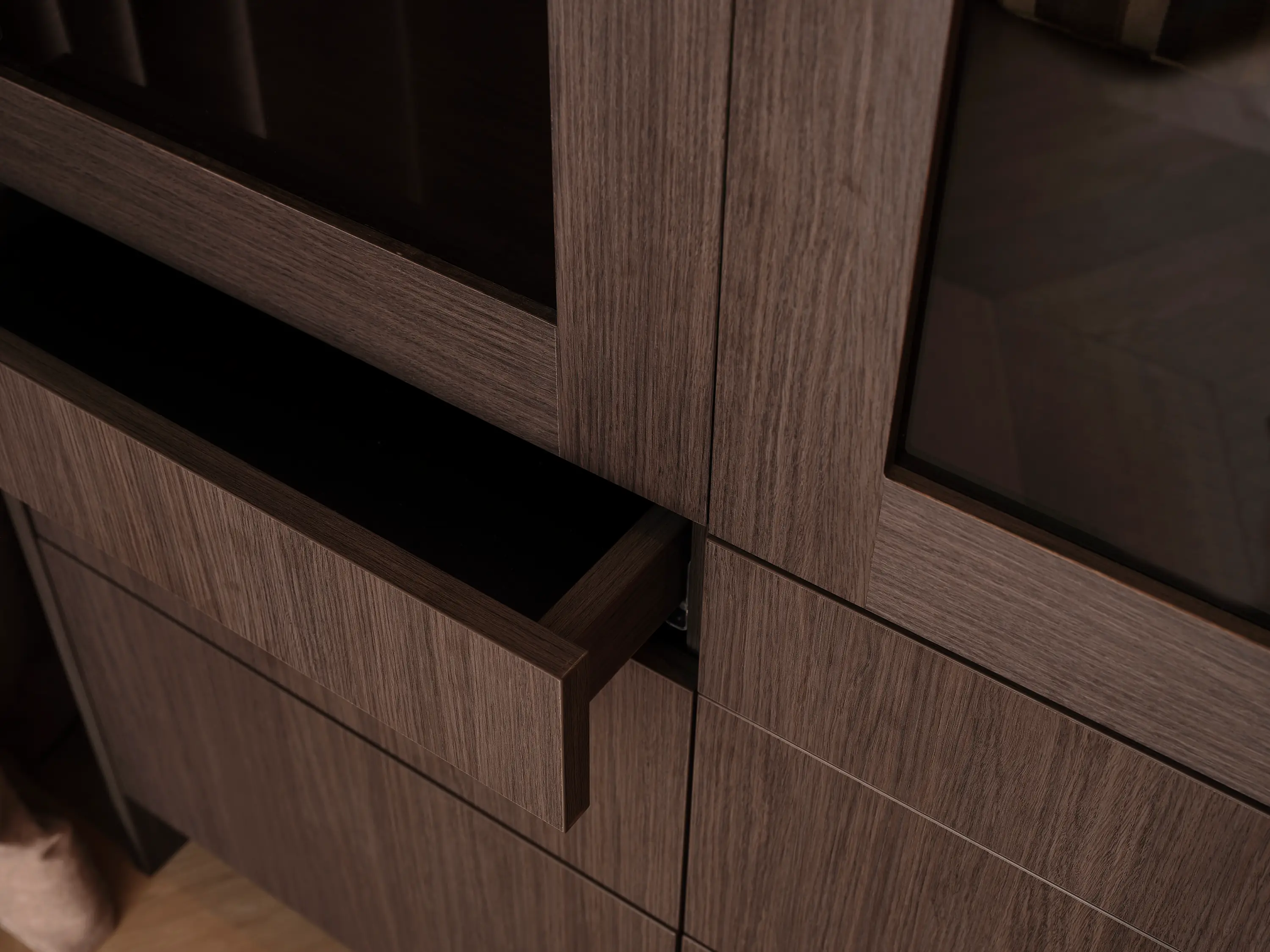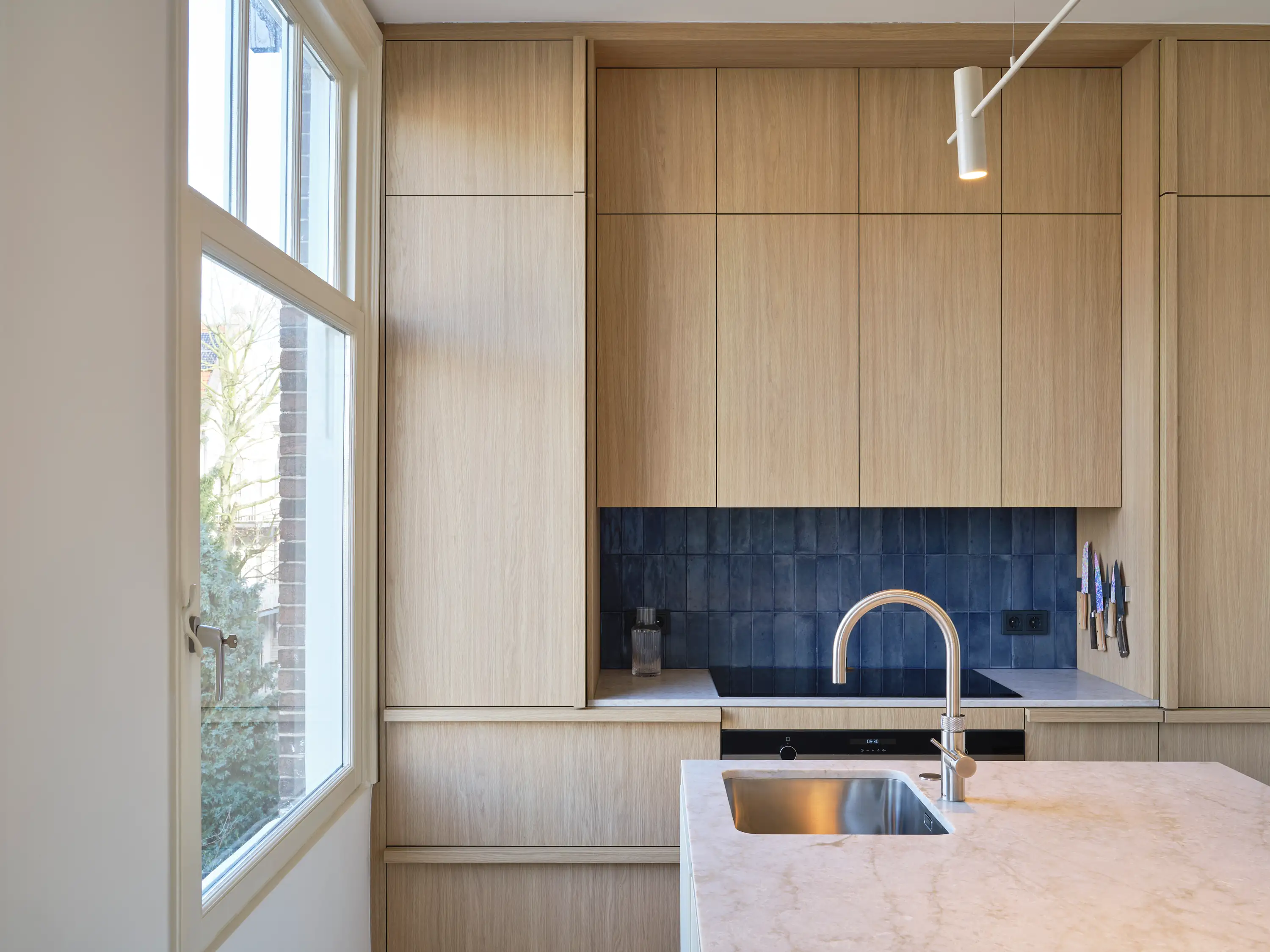What’s the best type of varnish for your wooden project?

There are many different types of varnishes available for wood projects. The first thing to remember is that the kind of wood you're working with will affect the type of varnish you use. For example, some woods will take a glossy finish, some will take a satin finish, and others will take a matte finish. Also, some varnishes are designed for outdoor use, and some aren't. Here's how to choose the proper varnish for your project:
What types of varnish are there?
Varnish is a clear, hard coating applied to wood to protect it from damage and wear. Many different types of varnish are available on the market, each with its own benefits and drawbacks. This guide will discuss the different types of varnish and how to choose the best style for different types of wood.
Oil-based varnish is one of the most common types of the varnish used today. It is made from a mixture of oil and resin, which gives it its durability and water-resistant properties. Oil-based varnish is ideal for outdoor furniture or any other type of wood exposed to the elements. However, it can be challenging to apply evenly and can yellow over time.
Water-based varnish is another popular option made from a resin and water mixture. It dries quickly and does not yellow like oil-based varnish, but it is not as durable or water-resistant. Water-based varnish is a good choice for indoor furniture or other projects with a clear finish that will not yellow over time.
Polyurethane varnish is a synthetic varnish that offers the best of both worlds in terms of durability and clarity. It dries quickly, resists yellowing, and protects against moisture and wear. However, polyurethane varnish is more expensive than other types of varnish.
How does varnish change the look of my wood?
The type of varnish you use has a lot of influence on the look of your wooden parts. Below you can find the different varnish types based on their appearance.
Matte varnish is usually made from linseed oil, giving it a dull appearance. However, it can be used on any wood and is often used to make furniture look natural. Matte varnishes also have less shine than other varnishes, so they're easier to clean up if something spills on them.
.png)
Satin varnish is an excellent option for wood exposed to high wear and tear levels. It's also a good choice for wood with an intricate grain pattern, as it will help to highlight the beauty of the wood. Satin varnish is a bit more expensive than other types of varnish, but it's worth the investment if you want your furniture to looking its best.

Glossy varnish is a type of clear coating typically applied to wood surfaces (e.g. floors or tables) to protect them and give them a shiny, polished appearance. This type of varnish is usually composed of synthetic resins, oils, and solvents and can be water- or oil-based. Applying a glossy varnish to your wood surfaces can help to protect them from scratches, stains, and other types of damage. It can also give your furniture and cabinetry a high-end look.

What types of wood can I use a varnish on?
Different types of varnish are available on the market, each designed for a specific kind of wood. You need to take into account the porosity of the wood, as well as its hardness, before selecting a varnish. Below is a list of some common types of wood and the best varnish to use on each:
- Softwoods: Pine, fir, and cedar are all examples of softwoods. These woods are more porous than hardwoods, requiring a sealer before applying varnish. A water-based sealer is best for softwoods.

- Hardwoods: Oak, maple, and cherry are all examples of hardwoods. These woods are less porous than softwoods and don't require a sealer before applying varnish. However, you should test the wood first to see if it's absorbent. If it is, you must use a stain-blocking primer before applying varnish.

- Exterior Woods: If you're using varnish on an outer surface, such as a deck or fence, you must choose a product specifically designed for outdoor use. These products will have UV blockers to protect the wood from sun damage.
.png)
Conclusion
With this comprehensive guide, you now have the knowledge and tools to pick the best type of varnish for your woodworking project. First, consider the types of wood used in your projects and select a product with ingredients that will perfectly match its needs. Then, when choosing the proper varnishes, take your time with all the available options; instead, focus on finding one that suits your situation and preferences. Good luck!
We provide more information about finishing and sanding here
Related articles:
Choosing the right sanding level for your desired finish
Selecting the right wood for your CNC project
Upload your design file and get a quote
within days
Quality production with trusted production network.



%20(1).webp)

.webp)









.webp)
